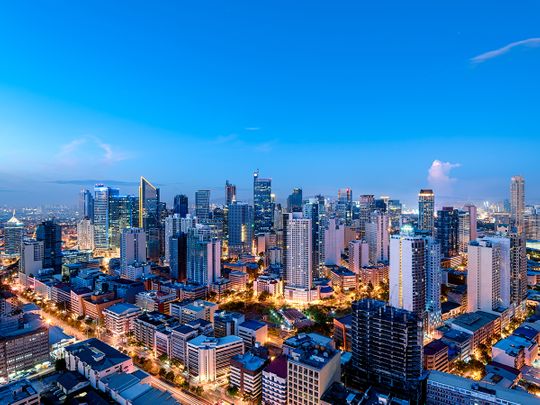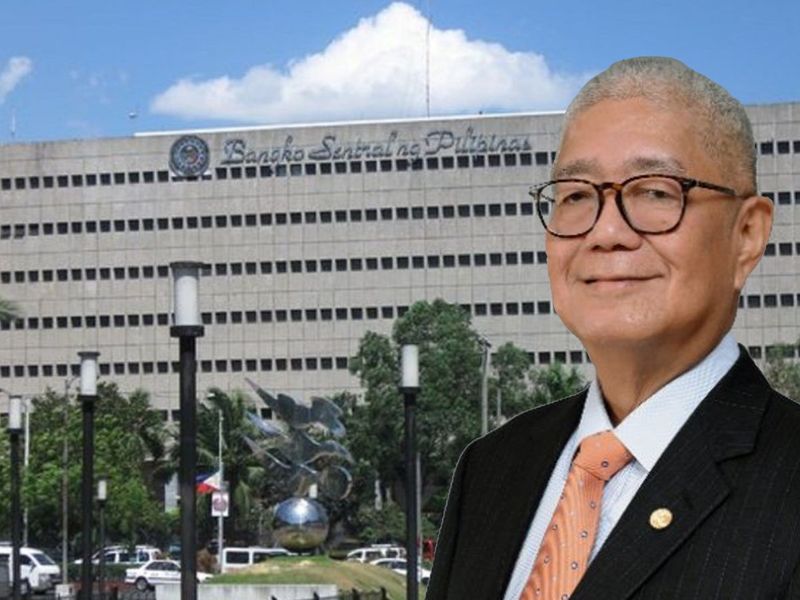
Manila: Metro Manila is facing a glut of condo units – meaning there are more available than people are actively buying.
A recent property market report paints a grim picture for Metro Manila's condo market.
According to Leechiu Property Consultants (LPC), the inventory of unsold condo units has reached a staggering 67,600 units across 510 buildings – the highest level since the pandemic.
Localised glut
However, a more nuanced understanding of the situation may be needed. Quezon City (QC) and Ortigas, once bustling hubs of condo development, now find themselves burdened with the largest number of unsold units.
With 18,000 and 13,500 units, respectively, these areas are grappling with a significant oversupply.
Interestingly, BGC (Bonifacio Global City) and Makati are still in a high-condo-demand-low-supply situation.
The condo glut also reflects changing market preferences. Over the past five years, the Manila condo market has seen a complex interplay of factors, leading to a mixed picture of price spikes.
Astronomical condo prices
Condo living is highly desired by many young people and visitors (as Airbnb units). However, condominium prices have gone astronomical. While many Filipinos struggle to afford a home, it seems the target market for these luxury units is increasingly foreign investors and overseas Filipino workers (OFWs).
As housing costs continue to rise, the dream of owning a home may become a distant reality for many Filipinos. This generation may find themselves trapped in a cycle of renting or living with parents, unable to purchase their own property.
The trend towards foreign ownership of Philippine real estate highlights the widening gap between the wealthy and the rest of the population. While this may benefit developers and investors, it raises concerns about the long-term affordability of housing for Filipinos.
While some studies indicate a general upward trend in condo prices, the specific figures vary depending on location, developer, and unit type. For example, luxury units in prime locations may have experienced more significant price increases compared to mid-range or budget-friendly options.
In general, high interest rates have exacerbated the situation, discouraging potential buyers from making purchases. And despite a slight uptick in sales in the third quarter, the overall market remains sluggish, LPC reported.
Condo glut
The condo glut raises concerns for developers, investors, and the broader economy. As the market struggles to absorb excess inventory, prices could face a downward pressure, impacting profitability and potentially hindering future development projects.
This can lead to falling prices and a tough market for developers.
Here's a breakdown of the main reasons behind the oversupply:
1. Overshoot of demand
Fuelled by a previous boom in the condo market, developers built a large number of units anticipating prolonged high demand. However, this demand may have been overestimated, leaving many units vacant.
Jovi Tupaz, a Philippine Professional Regulation Commission (PRC)-licensed consultant, cited this is as one reason for the current condo glut in the national capital region (NCR) – which includes 16 constituent cities and 1 municipality.
Tupaz noted, however, that the oversupply situation, alongside the effect of the POGO workers pullout tends to be “localised”. He reckons that property values may remain soft in the near future.
Tupaz said: “There will adjustments in the next 2 to 3 years. But the economy is resilient enough as it banks on key demand drivers — strong fiscal and monetary policies, good governance, young population, tourism growth and, of course, our OFW heroes."
2. Speculation
Condo units have become a lot pricier, and smallish-er. A standard 1-bedroom unit in Manila is about 22 to 30 sqm, but off-plan rates have more than doubled, from 2.4 to 3 million pesos as recently as five years ago, to the current 6 million pesos entry point.
While this may benefit developers and property investors (and speculators), it raises concerns about the long-term affordability of housing for Filipinos. The trend towards foreign ownership of Philippine real estate highlights the widening gap between the wealthy and the rest of the population.
3. Shifting preferences
There are signs people's preferences for living spaces may be changing, too. Thanks to remote work arrangements, and Manila’s notorious traffic, this could have a knock-on effect on end-user choices. That could include a substantial number of yuppies looking to escape the urban grind and concrete jungles.
Post-pandemic, some might prioritise more space and amenities, leading to less interest in compact condos, especially outside of central business districts.
4. High interest rates
This is (or was) the elephant in the room. Previously, high interest rates made financing a condo purchase more expensive, dampening overall demand. Potential buyers might have opted for renting or holding off on a purchase.
How rate cuts could help:
In a bold move that reflects growing confidence in the Philippine economy, the Bangko Sentral ng Pilipinas (BSP) has recently slashed interest rates once again. The Monetary Board has reduced the overnight deposit rate by 25 basis points to 5.50 per cent and the lending facilities rate by 25 basis points to 6.50 per cent.

Additionally, the Target Reverse Repurchase (RRP) Rate has been slashed by 25 basis points to 6.0 per cent. The latest cuts are effective October 17, 2024.
This marks the second time this year that the BSP has taken such a decisive step to stimulate economic activity. By reducing borrowing costs, the central bank aims to encourage investment, consumption, and overall economic growth.
The recent rate cuts by the BSP offer a glimmer of hope for the condo market.
Here's how:
Lower mortgage rates:
With lower interest rates, borrowing money to buy a condo becomes cheaper. This could entice more people to consider purchasing, increasing demand and potentially stabilising prices.
Boost for developers?
Due to the muted demand, many developers have deferred buildouts, with project launches plunging by 39 per cent to 2,145 units in the quarter ending September, the lowest since the pandemic, as per LPC.
Lower rates might encourage developers to offer incentives, making condos more attractive to buyers.
For both developers and buyers, taking full stock – or advantage – the condo oversupply issue might take some time and may require further adjustments in pricing strategies and catering to evolving buyer preferences.
Wrapped within the condo supply glut numbers are possible opportunities, too. For OFWs and potential investors (both institutional and individual), the BSP rate cut moves (with more expected to come) could be a trigger to move in.
On important note: the rate cuts are just one factor.
Given the recent Manila condo price spikes, the current city-bound generation may find themselves trapped in a cycle of renting or living with parents, unable to purchase their own property.
Unless, of course, they could embrace the digital nomad's dream to seek solace in quieter shores, letting the tranquility of the provinces be their new-found home, where life's a gentler scene.












